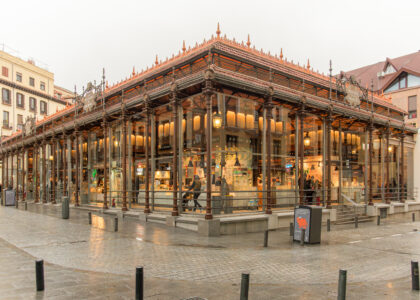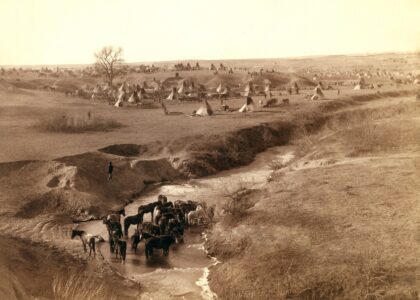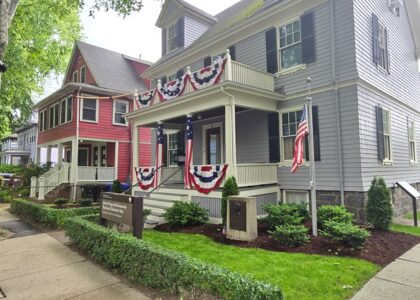Welcome to Saddlehorn Pueblo, a fascinating window into the past nestled within the rugged beauty of Colorado’s Canyons of the Ancients National Monument. This ancient site, dating back to the days of the Ancestral Puebloans, offers a glimpse into the lives of the people who once thrived in this region.
The Ancestral Puebloans, often referred to as the Anasazi, were skilled farmers and architects who developed complex societies in the Four Corners area of the United States between AD 300 and 1300. Saddlehorn Pueblo, like many other sites in the region, was a part of this rich cultural tapestry.
Established around AD 1060, Saddlehorn Pueblo began as a small settlement, gradually expanding as its inhabitants constructed more rooms and kivas—ceremonial structures that played a central role in the community’s spiritual life. At its height, the pueblo was a bustling hub of activity, featuring a number of rooms, kivas, and other communal spaces.
One of the key historical events in the region was the migration period that occurred around AD 1150, when environmental changes and resource depletion prompted many Ancestral Puebloans to move to more sustainable areas. However, during its peak, Saddlehorn Pueblo was part of a network of communities that traded goods and shared cultural practices, contributing to the development of a sophisticated society.
The story of Saddlehorn Pueblo is not just about buildings and artifacts; it’s about the people who lived here and their connection to the land. This site, and others like it, are vital to understanding the broader historical context of the American Southwest, providing insights into the challenges and triumphs faced by the Ancestral Puebloans.
Today, as you explore Saddlehorn Pueblo, imagine the vibrant community that once thrived here, the sounds of daily life, and the spiritual ceremonies that brought people together. Each stone and artifact tells a story, waiting to be discovered by those who visit.






